Sports Venues
 27/12/2022
27/12/2022The function of a modern large-scale comprehensive gymnasium must not only meet various large-scale competitions, but also undertake different large-scale theatrical performances, rallies and other tasks.
The hall is divided into the main arena and the general arena, usually including badminton hall, table tennis hall, volleyball hall, tennis hall, basketball hall, track and field venue and its supporting functional areas.
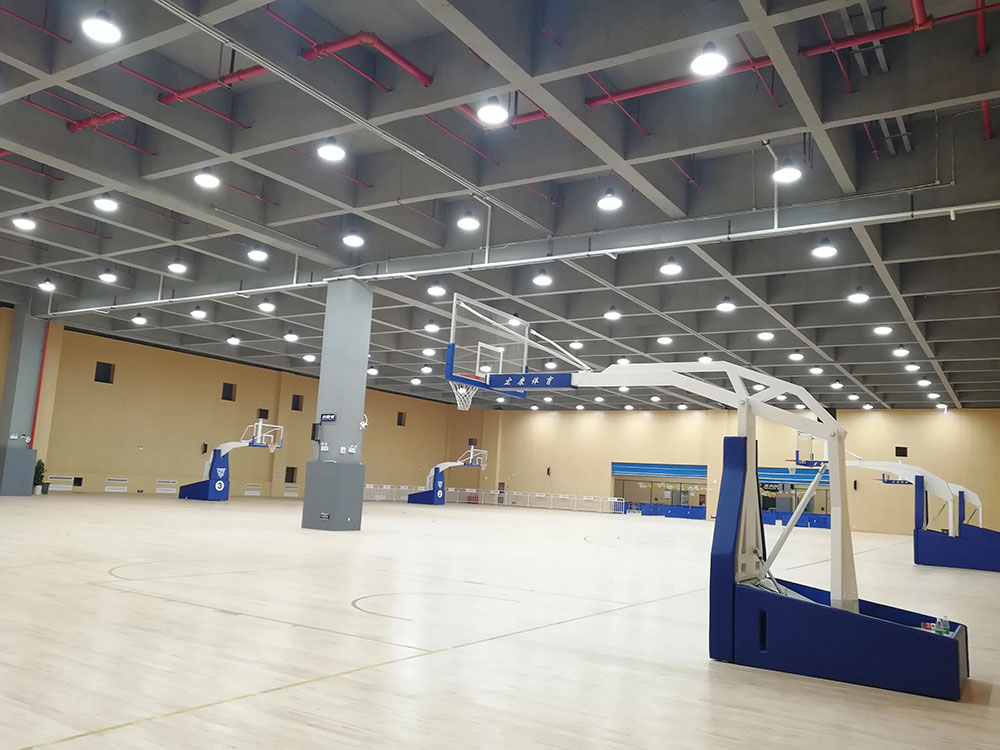
Holding different events in the same venue can indeed save resources to a certain extent, and a multi-purpose game can also avoid wasting the venue, but there are also certain problems in this way. Sports games and cultural performances require different lights. , basketball games and table tennis games also have different requirements for illumination, and even regular games and daily training are two environments, which requires the lighting of the playing field to be able to switch between different modes! A single light can no longer satisfy more and more diverse venues!
Lighting is one of the important links in which the functions of the gymnasium can be fully reflected. Among them, the focus of stadium lighting is sports field lighting, that is, competition lighting; followed by general lighting, auditorium lighting, emergency lighting, venue lighting, building interior lighting, indoor lighting and road lighting. Wait.
These are important components of stadium lighting; how to meet the scene lighting of various competition venues, so that the color temperature, illuminance, glare, color rendering index, etc. can all meet the specified standards. It's not just the choice of lamps, but also the choice and distribution of the lighting system.
Stadium lighting is a powerful, high-tech, and difficult-to-stop design. In order to meet the requirements of various sports competitions, it is conducive to the technical level of sports products, the correct evaluation of referees and the viewing effects of all aspects of the audience. The stadium should pay special attention to the live broadcast of the color TV.
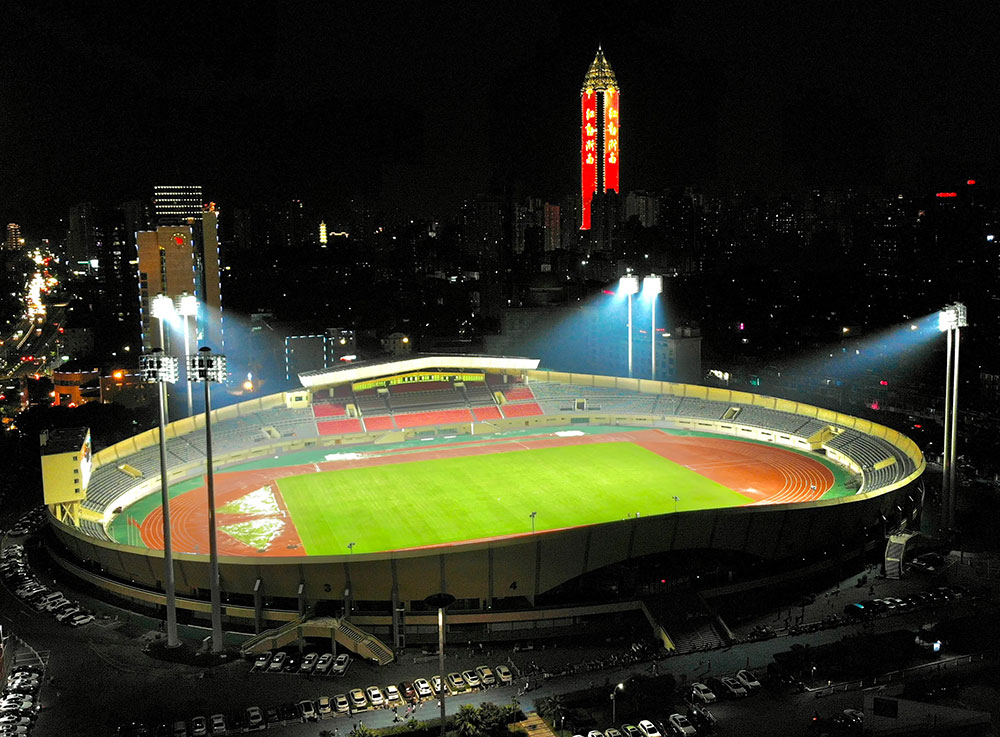
In order to ensure that broadcast images are vivid, clear, and realistic, there are specific requirements for indicators such as vertical lighting, lighting uniformity and one-dimensionality, light source color temperature and color display.
1. The choice of light source:
1. For stadiums with high lamp installation height, the light source should use high-hanging explosion-proof lamps and high-efficiency LED floodlight lamps.
2. For indoor gymnasiums with low ceiling and small area, low-power LED lamps should be used.
3. The light source in special places can use special lamps, such as explosion-proof lamps.
4. The power of the light source should be compatible with the size of the competition field, installation location and height. Outdoor stadiums should adopt high-power and medium-power LED explosion-proof lamps, and ensure that the light source works uninterrupted or starts quickly.
5. The light source should have suitable color temperature, good color rendering, high light efficiency, long life and stable ignition and photoelectric characteristics.
6. Glare is directly related to the lighting mode, installation height, angle, and power of the lamp. For places with high glare requirements, it is recommended to use high-hanging explosion-proof lamps or adjust the height angle to reduce the glare of the lamp.
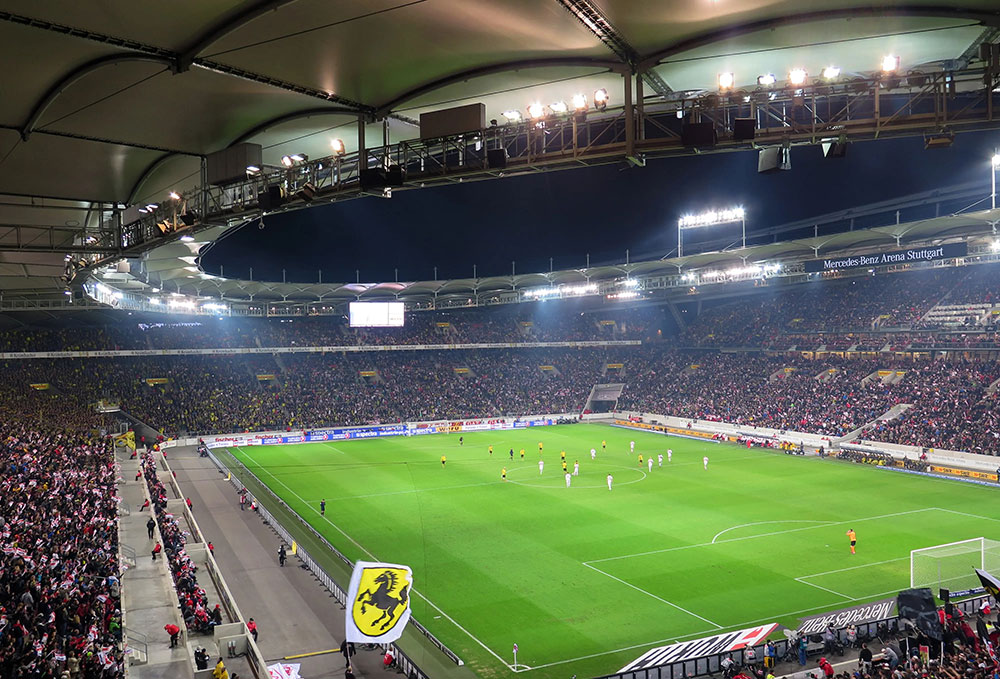
Second, the choice of lamps
1. The safety performance of lamps and accessories should fully comply with the relevant standards.
2. The anti-shock level of lamps and lanterns shall meet the following requirements:
Industrial lamps or Class II lamps with metal casings should be selected for grounding.
Swimming pools and similar places should use lamps with an electric shock protection class III.
3. The lamp efficiency should not be lower than the requirements in the following table: lamp efficiency (%)
High Intensity Discharge Lamp Luminaire 65 Grid Luminaire 75 Transparent Protective Cover Luminaire 65
4. Lamps should have a variety of light distribution forms. Stadium lighting lamps can be classified according to the following table: Classification of flood lamps
Beam Classification Beam Angle Range (degrees) Narrow Beam 10~45 Medium Beam 46~100 Wide Beam 100~160
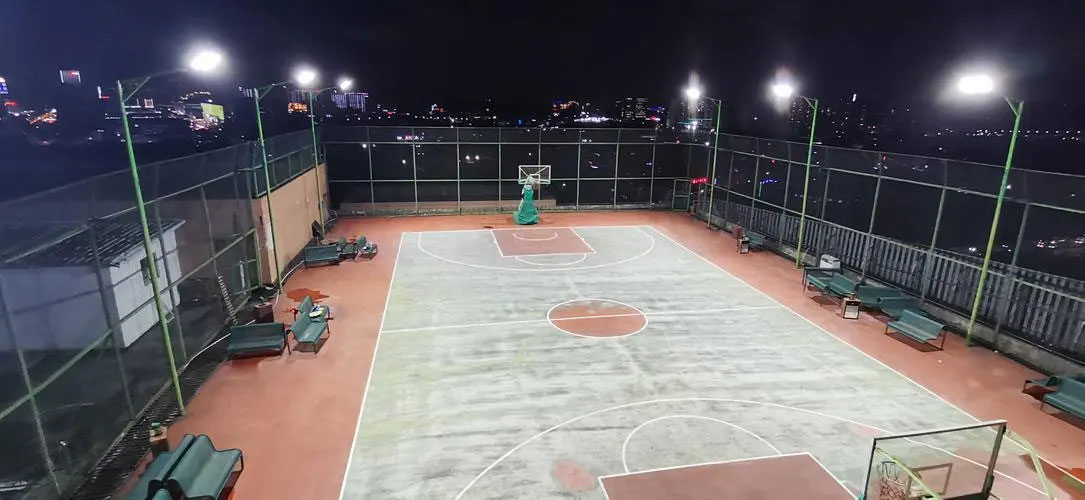
Note: Classified according to the opening angle of 1/10 of the maximum light intensity of the beam distribution range.
(1) The light distribution of the lamps should be compatible with the installation height, position and lighting requirements of the lamps. Narrow beam and medium beam lamps should be used for outdoor stadiums, and medium beam and wide beam lamps should be used for indoor stadiums.
(2) Lamps should have anti-glare measures.
(3) The lamps and accessories should meet the requirements of the use environment. The lamps should be high in strength and corrosion-resistant, and the electrical accessories of the lamps must meet the requirements of the heat resistance level.
(4) The protection level of the lamp shell should not be less than IP55, and the protection level of places that are not easy to maintain or seriously polluted should not be less than IP65.
(5) The lighting method of the lamp should ensure that its aiming angle is not changed during maintenance.
(6) Lamps installed in high altitude should choose products with light weight, small volume and small wind load coefficient.
(7) The luminaire shall have its own or be attached with an indicating device for adjusting the angle. The locking device of the luminaire should be able to withstand the maximum wind load under the conditions of use.
(8) The lamps and their accessories shall have anti-drop measures.
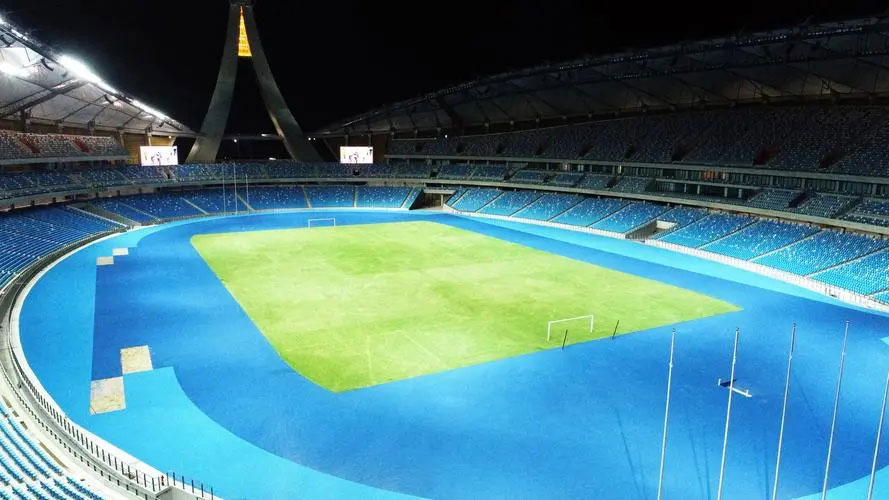
3. Commonly used lamps
Performance characteristics of high-hanging explosion-proof lights: unique reflector design, efficiency can reach 90-95%; more options for lamp configuration, convenient for flexible lighting and light distribution design, to maximize energy saving; with professional high-hanging long Long-life fluorescent tubes achieve higher lumen maintenance rate and longer life; high efficiency and energy saving, compared with traditional HID lamps, energy saving can reach 50-60%. The lamp is superior to other types of lamps in terms of comfort, illuminance and glare, and can bring customers a professional, comfortable and lighting environment. At the same time, this lamp is also suitable for indoor tennis court lighting, indoor basketball court lighting, badminton court lighting, indoor Comprehensive venue lighting and other indoor sports venues.
Performance characteristics of stadium professional floodlights: Lightweight, with easy-to-carry handles, and 360º adjustable mounting brackets; at the same time, it is equipped with precise aiming accessories, installed on the top or bottom of the lamp body; ambient temperature: can Adapt to indoor and outdoor conventional weather use; through gradual improvement, the luminous efficiency of the lamps and the effective utilization of light are greatly improved; the unique elliptical optical system with a new type of light source ensures that the overall efficiency has high reliability, low glare and the best lighting level , compact and beautiful appearance, small drag coefficient and light weight. The lamp has a uniquely designed light distribution curve; the characteristics of precise beam, multiple light distribution, instant start and so on.
Performance characteristics of high-efficiency floodlight stadium LED lamps: patented "fin-type" heat dissipation structure design LED heat dissipation area is larger, thermal conductivity is better, not only effectively reduces the temperature rise of LED nodes, but also has lower light decay and longer life. At the same time, the product Lighter in weight and extremely safe in use, it is a high-tech LED lamp product suitable for sports lighting in the market.
Fourth, the choice of lighting accessories
1. The selected lighting lamps and lanterns should meet the relevant provisions of the relevant current national standards.
2. According to the environmental requirements of the lighting place, select the following lamps respectively.
3. In places with corrosive gas or steam, anti-corrosion closed lamps should be used.
4. The lamps and lanterns in places with large vibration and swing should have anti-shock and anti-falling measures.
5. In places that need to prevent ultraviolet radiation, ultraviolet-proof lamps or non-firewood light sources should be used.
6. Lamps directly installed on the surface of combustible materials should use lamps marked with "F".
5. Selection of core components such as ballasts
1. High-hanging explosion-proof lamps are equipped with electronic ballasts, and the light source should use a special long-life light source to ensure light efficiency and life.
2. Explosion-proof lamps use energy-saving magnetic ballasts. In places with large voltage deviations, constant power ballasts should be used, and electronic ballasts can be used for smaller power.
3. The power driver of LED lamps should choose products with stable quality and good heat dissipation to ensure the light decay and service life of the lamps.
6. Lighting poles and setting requirements When the venue adopts four-tower, multi-tower or tower-belt mixed lighting, it is necessary to use lighting poles as the carrier of the lamps. Under the condition that the lighting pole meets the requirements of lighting technical conditions, the relationship with the building mainly has the following ways:
1. The light pole is independent of the main building. This light pole exists alone as an independent device and is currently widely used.
2. The light pole is attached to the main building, but it is not integrated with the main building as a whole. The foundation of this form may be different from the foundation of the building, and it needs to be dealt with separately.
3. When the light pole is attached to the main building and combined with the main building as a whole, this form can solve the aesthetic problem very well. If this scheme is feasible, this scheme can be given priority.
4. Light poles should be equipped with obstacle lighting according to aviation management.
7. Horse track and setting requirements
1. The gymnasium should set up horse tracks as needed, and the number, height, direction and position of the horse tracks should meet the requirements of lighting devices.
2. There should be enough room for operation on the bridleway.
3. The installation position of the horse path should avoid the blocking of the lighting light by building decoration materials, installation parts, pipelines and structural parts.
 +86 15061990229
+86 15061990229 info@lampsuite.com
info@lampsuite.com








